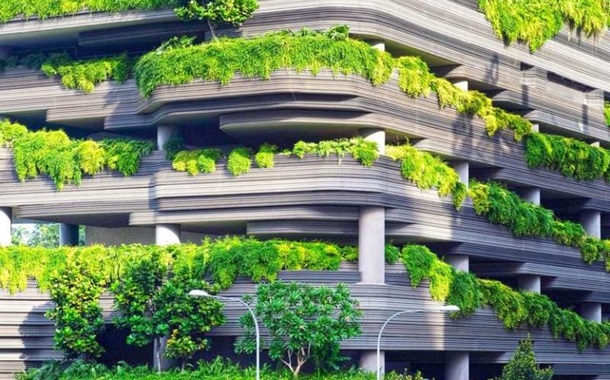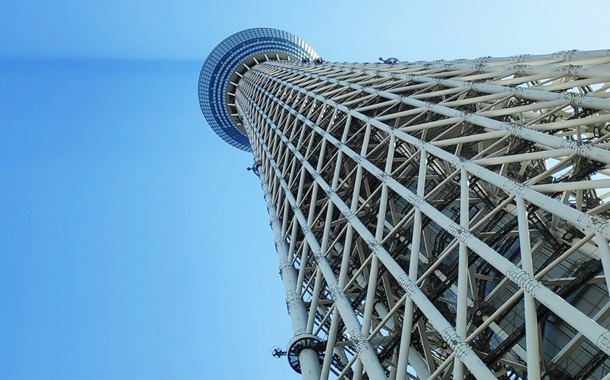Numerical Modeling on Mechanical Properties of Cemented Phosphogypsum Stabilized Soil
Downloads
Doi:10.28991/HIJ-2025-06-01-01
Full Text:PDF
Downloads
Qi, J., Zhu, H., Zhou, P., Wang, X., Wang, Z., Yang, S., Yang, D., & Li, B. (2023). Application of phosphogypsum in soilization: a review. International Journal of Environmental Science and Technology, 20(9), 10449–10464. doi:10.1007/s13762-023-04783-2.
Papaslioti, E. M., Pérez-López, R., Parviainen, A., Sarmiento, A. M., Nieto, J. M., Marchesi, C., Delgado-Huertas, A., & Garrido, C. J. (2018). Effects of seawater mixing on the mobility of trace elements in acid phosphogypsum leachates. Marine Pollution Bulletin, 127, 695–703. doi:10.1016/j.marpolbul.2018.01.001.
Cánovas, C. R., Macías, F., Pérez López, R., & Nieto, J. M. (2018). Mobility of rare earth elements, yttrium and scandium from a phosphogypsum stack: Environmental and economic implications. Science of the Total Environment, 618, 847–857. doi:10.1016/j.scitotenv.2017.08.220.
Papastefanou, C., Stoulos, S., Ioannidou, A., & Manolopoulou, M. (2006). The application of phosphogypsum in agriculture and the radiological impact. Journal of Environmental Radioactivity, 89(2), 188–198. doi:10.1016/j.jenvrad.2006.05.005.
Shi, X., Zeng, A., Duan, H., Zhang, H., & Yang, J. (2024). Status and development trends of phosphogypsum utilization in China. Circular Economy, 100116. doi:10.1016/j.cec.2024.100116.
Shukla, V. K., Ramachandran, T. V., Chinnaesakki, S., Sartandel, S. J., & Shanbhag, A. A. (2005). Radiological impact of utilization of phosphogypsum and fly ash in building construction in India. International Congress Series, 1276, 339–340. doi:10.1016/j.ics.2004.10.024.
Qiao, D., Qian, J., Wang, Q., Danga, Y., Zhangc, H., & Zenga, D. (2010). Utilization of sulfate-rich solid wastes in rural road construction in the Three Gorges Reservoir. Resources, Conservation and Recycling, 54(12), 1368–1376. doi:10.1016/j.resconrec.2010.05.013.
Liu, L., Wang, C., Liang, Q., Chen, F., & Zhou, X. (2023). A state-of-the-art review of rubber modified cement-based materials: Cement stabilized base. Journal of Cleaner Production, 392, 136270. doi:10.1016/j.jclepro.2023.136270.
Degirmenci, N., Okucu, A., & Turabi, A. (2007). Application of phosphogypsum in soil stabilization. Building and Environment, 42(9), 3393–3398. doi:10.1016/j.buildenv.2006.08.010.
Wan, X., Ding, J., Mou, C., Gao, M., & Jiao, N. (2024). Role of Bayer red mud and phosphogypsum in cement-stabilized dredged soil with different water and cement contents. Construction and Building Materials, 418, 135396. doi:10.1016/j.conbuildmat.2024.135396.
Zeng, L., Bian, X., Weng, J., & Zhang, T. (2024). Wetting-drying effect on the strength and microstructure of cement-phosphogypsum stabilized soils. Journal of Rock Mechanics and Geotechnical Engineering, 16(3), 1049–1058. doi:10.1016/j.jrmge.2023.06.022.
Wang, S., Chen, Z., Jiang, H., Su, J., & Wu, Z. (2023). Strength performance and enhancement mechanism of silty sands stabilized with cement, red mud, and phosphogypsum. Journal of Building Engineering, 73, 106762. doi:10.1016/j.jobe.2023.106762.
Zheng, P., Li, W., Ma, Q., & Xi, L. (2023). Mechanical properties of phosphogypsum-soil stabilized by lime activated ground granulated blast-furnace slag. Construction and Building Materials, 402, 132994. doi:10.1016/j.conbuildmat.2023.132994.
Min, C., Xiong, S., Shi, Y., Liu, Z., & Lu, X. (2023). Early-age compressive strength prediction of cemented phosphogypsum backfill using lab experiments and ensemble learning models. Case Studies in Construction Materials, 18, 2107. doi:10.1016/j.cscm.2023.e02107.
Wu, Y., Zhang, H., Lin, H., Wu, X., Li, H., Liu, Y., Gu, G., Xu, J., Chen, S., Tang, H., He, H., Zheng, W., & Xu, F. (2023). Factors Affecting the Strength Formation Mechanism and Water Stability of Geopolymer Stabilized Phosphogypsum in Road Construction. Coatings, 13(9), 1652. doi:10.3390/coatings13091652.
Zhang, K. (2023). Research on road properties and microstructure of phosphogypsum cement stabilized red clay. Master's Dissertation, Guizhou University, Guiyang, China.
Chen, K.S., & Dai, T. (2023). Performance and Mechanism of Phosphogypsum Stabilized Soil for Road Use. China Construction Industry Press, Beijing, China.
Li, Q. (2021). Research on deformation characteristics and crack extension law of phosphogypsum stabilized soil. Master's Dissertation, Guizhou University, Guiyang, China.
- This work (including HTML and PDF Files) is licensed under a Creative Commons Attribution 4.0 International License.






















